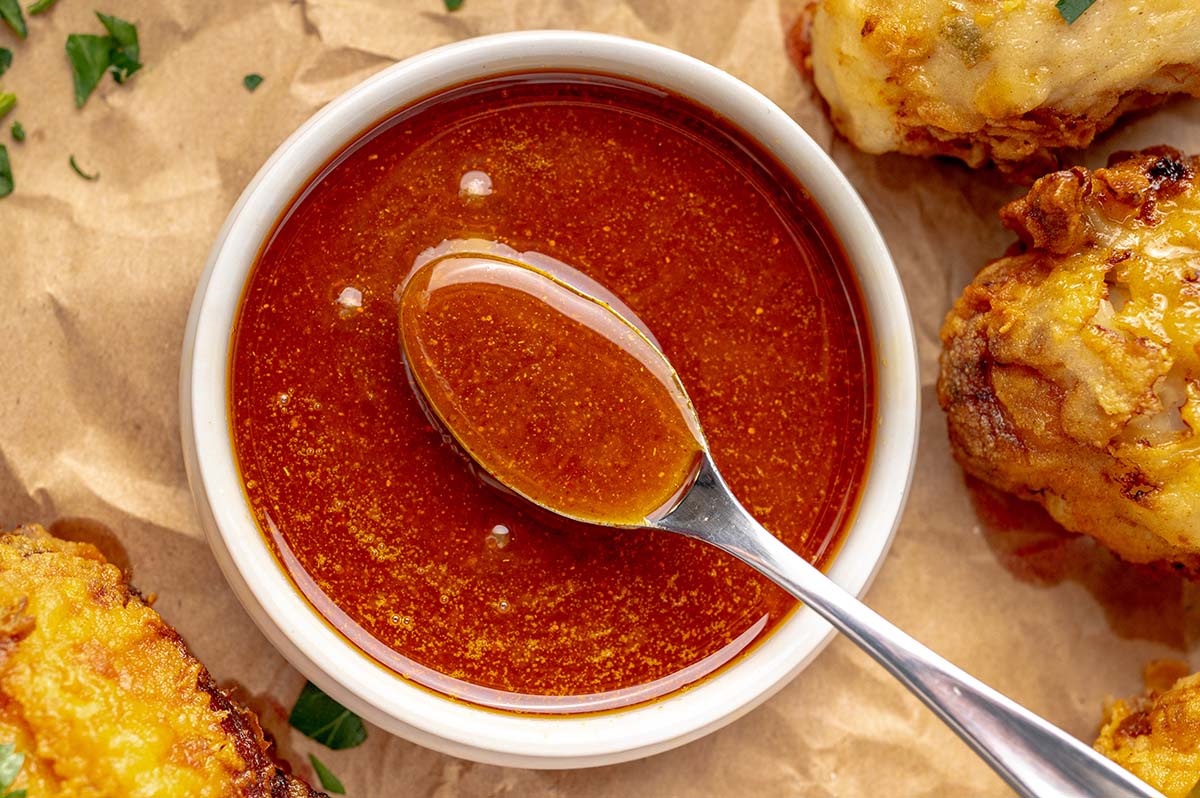How to Make Hot Sauce Shelf Stable: Tips and Tricks for Safety
Written By James Morgan
Creating your own hot sauce can be an exciting endeavor, especially for barbecue enthusiasts who want to spice up their dishes. The essential question that arises after crafting your spicy concoction is: how to make hot sauce shelf stable? The importance of shelf stability in food production cannot be underestimated, as it affects flavor, safety, and, ultimately, the enjoyment of your culinary creations. In this article, we will guide you through the steps necessary to ensure your hot sauce remains safe and flavorful for months to come.
First, its essential to understand some key factors that contribute to the shelf stability of your hot sauce. Ingredients, acidity levels, and proper storage all play critical roles. By following a few straightforward tips, you can enjoy your homemade hot sauce without worrying about spoilage. Lets dive into the basics of creating a **shelf-stable hot sauce**.

The Science of Shelf Stability
Before jumping into the methods for achieving long-lasting hot sauce, its vital to grasp what shelf stability truly means. Shelf-stable food is unaffected by time when stored in a suitable environment. For hot sauce, this involves preventing microbial growth and ensuring that the **flavor**, **texture**, and **aroma** remain consistent over time.
Some critical factors influencing shelf stability include:
- pH Level: The acidity of hot sauce directly impacts its stability. Maintaining a pH below 4.6 is crucial for inhibiting bacteria.
- Ingredients: Certain ingredients, such as vinegar, can enhance the sauce's preservation properties.
- Packaging: The right bottle type can minimize air exposure, thus extending shelf life.
- Storage Conditions: Ideal storage conditions, such as temperature and light exposure, can lead to longer-lasting flavors.

Step-by-Step Guide to Making Shelf-Stable Hot Sauce
Now that you understand the fundamentals of **shelf stability**, lets delve into practical steps for creating your cooking masterpiece.
Ingredients Youll Need
Gather the following ingredients to begin your hot sauce-making journey:
- Fresh hot peppers (jalapeo, habanero, or your preferred variety)
- Distilled white vinegar
- Salt
- Garlic (optional)
- Onions (optional)
- Fruit (optional, for a unique twist)
Preparing Your Hot Sauce
1. **Select Your Peppers:** Choose the type of peppers you want. Remember, the heat level varies across different varieties.
2. **Prepare the Ingredients:** Wash, stem, and chop your peppers. If using fruits or vegetables, prepare them accordingly.
3. **Create Your Mixture:** In a pot, combine your chopped peppers, additional ingredients, and vinegar. Bring the mixture to a boil, then let it simmer for about 10-15 minutes. This will help meld the flavors and promote acidity.
4. **Blend it Up:** Using a blender or food processor, puree the sauce until you achieve your desired consistency. Some prefer a smoother sauce, while others like it chunky.
5. **Test the pH Level:** Using pH strips, ensure the mixture reads below 4.6. If it doesnt, consider adding more vinegar.
6. **Bottling:** Pour the hot sauce into clean, sterilized bottles. Ensure to leave some headspace and seal the containers securely. Consider using sterile glass bottles for better quality.
7. **Labeling:** Clearly label the bottles with the production date and refrigerate until you are ready to use them.

Storage Tips for Enhancing Shelf Life
Storage is another paramount aspect when asking how to make hot sauce shelf stable. Here are some best practices:
- Refrigeration: Although the goal is shelf stability, storing opened bottles in the fridge can prolong freshness. Unopened ones can stay in a cool, dark place.
- Avoid Light Exposure: Light can degrade the sauce over time. Choose dark bottles or keep them on a dark shelf.
- Do Not Skimp on Salt: Salt acts as a natural preservative. Be generous but not excessive.

Signs of Spoilage
Its essential for any food enthusiast to understand the signs of spoilage to ensure safety:
- Off Odor: If your hot sauce develops a strange smell, its best to err on the side of caution and discard it.
- Mold Formation: An obvious indicator of spoilage; any signs of mold mean the sauce is no longer safe to consume.
- Separation or Change in Color: While some separation is okay, drastic changes may indicate spoilage.
For further tips on hot sauce, consider this guide.
FAQs about Hot Sauce Shelf Stability
1. Can homemade hot sauce go bad?
Yes, homemade hot sauce can spoil if not prepared and stored correctly. Always check for signs of spoilage before consuming.
2. How long can I store my hot sauce?
If properly made and bottled, you can typically store hot sauce for up to six months to a year. However, refrigerated sauces may last longer.
3. Whats the best vinegar to use for preserving hot sauce?
Distilled white vinegar is widely recommended because of its high acidity, which helps to preserve the sauce effectively.
If you're looking for more interesting insights on hot sauce, you can read this article.
As an Amazon Associate, I earn from qualifying purchases.



